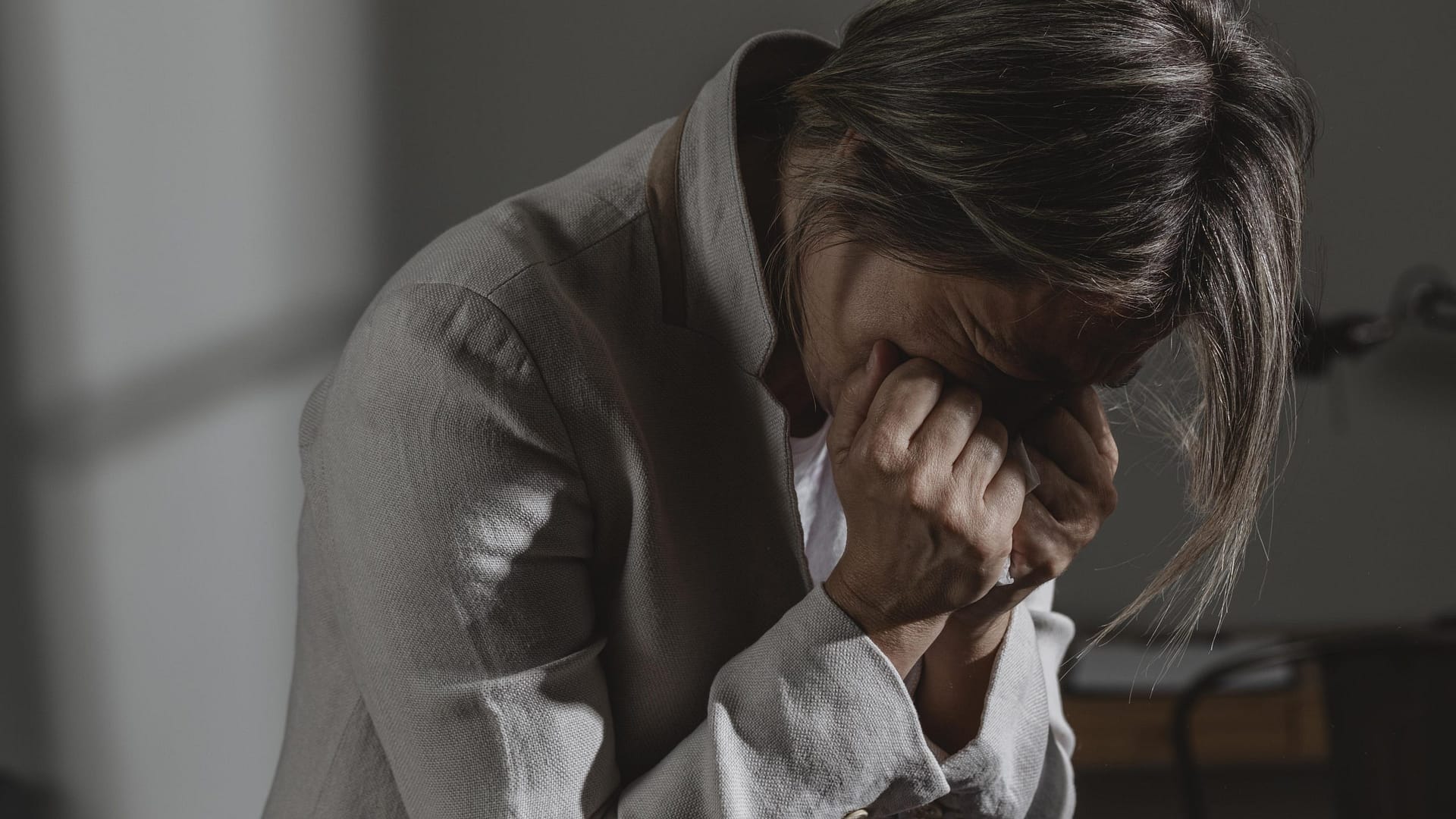An individual might get trauma when they go through a terrifying event like sexual molestation, accident, abuse, etc. Signs and symptoms differ from one person to another. Some people may become depressed while others might develop substance abuse disorder.
Stigma Associated With Trauma
The stigma associated with trauma arises from societal misunderstanding leading to misconceptions and judgment about individuals with trauma. Consequently it is essential to bear in mind that trauma is not weakness or personal failure but a natural response to extraordinary circumstances.
Shattering the stigma requires fostering empathy and creating a supportive environment. With this the individuals feel safe to share their experiences without fear of judgment.
Come let’s learn some more about the signs of traumatic events, the stigma around them and ways to break down that stigma. Residing in New York, a fast-paced city, one in ten people are suffering from trauma? Look for a trauma therapist in New York to get the proper treatment.
Trauma - What Are The Signs
By learning about these symptoms it is possible to get mental health support at the right time.
Here are the signs:
- Trauma may result in intense and persistent emotional distress including anxiety, fear or sadness.
- Individuals may have vivid and disturbing memories of the shocking experience and feel like they are reliving it all over again.
- Trauma can make individuals deliberately avoid reminders or discussions about the traumatic incident.
- Increased irritability, difficulty concentrating, heightened startle response are common signs for trauma.
- Trauma can physically manifest itself through headaches, stomachaches, unexplained bodily discomfort among others.
- Trauma can disrupt sleep patterns leading to insomnia. Some individuals often have recurring nightmares about the trauma causing events.
- People who go through trauma may isolate themselves due to their failure to maintain interpersonal relationships.
- Intense mood swings from anger to despair as an immediate expression of underlying disorders. It shows that there was some past shock which resulted in this condition.
Having these symptoms might signal the necessity to seek support from a mental health provider. New York residents can easily find trauma counseling in NYC nearby. However the stigma surrounding trauma can definitely make it hard for people with trauma to reach out to others.
What Kind of Stigma Surrounds Trauma?
Destigmatizing traumatic situations
People who have gone through traumatic experiences are viewed in different ways which affects their perception and support. There is one main form of stigma; that only violent situations can cause trauma, thus undermining the impacts of daily life challenges. This belief may prevent individuals from seeking help since they might consider their sufferings as being insignificant.
Some individuals think that others should recover quickly from traumatic events hence stigmatizing them when the healing takes time. Such an attitude ignores the complexity involved in healing after a trauma and diverse rates at which people heal.
Encouraging open discussion
Mental health is still a stigma in many societies . Because of this, individuals who have undergone traumatic experiences may be reluctant to speak about them. People do not want to appear different or face prejudice from others. Such situations prevent them from accessing the help they need.
Furthermore, there are also certain types of trauma that society accepts as valid while disregarding others depending on what caused it. This outlook pushes aside people impacted by emotional and psychological abuse.
To get rid of prejudices one ought to show empathy towards other people’s stories and acknowledge that every person has their own unique path to healing. There should be an honest conversation which challenges misconceptions while breaking down stereotypes about mental health issues. This will create a safe space for everyone.
How can the stigma around trauma be combatted
There is no doubt that destigmatizing trauma is a necessity. This can be done through various ways to create awareness amongst people. Here they are:
Exercising empathy
In order to destigmatize trauma accessible education regarding trauma should be made available. Simple yet relatable materials can help people understand what trauma is, the many forms of it, and its effects on people’s lives. This thorough understanding of trauma will create empathy for people suffering from trauma.
Sharing Personal Stories
Trauma survivors should be encouraged to share their stories. These narratives will make their experience more human and highlight their resilience, thereby breaking stereotypes. Moreover, the survivors will feel listened to, understood and accepted.
Role of Language
Language does play a major role in building perceptions around stigma and breaking down hurdles. So a language that reflects sympathy for people with trauma needs to be used, instead of putting stigmatizing tags on individuals.
Encouraging Support-Seeking Behavior
The viewpoint around seeking professional support to heal from traumatic experiences has to be changed. Starting the journey towards healing from trauma does require a lot of strength. So people need to encourage those with trauma to seek the assistance they need.
Dialogues in the community
It is necessary to enable open discussions within communities on matters relating to trauma, mental health and well-being. This can create safe spaces for sharing concerns, experiences of each other. Participating in collective dialogues encourages acceptance and support.
Removing stigma will lay the groundwork for a better world, where people with trauma are treated with care and empathy; this will result in more people opening up about their issues with mental health. Residing in New York and struggling with trauma? Try to find efficient trauma therapists in NYC.
Steps To Take To Break Free From Fear
An individual must first break free from their internalized stigma and fear to seek the necessary support for their mental health. A mental health expert can walk the individual through the healing procedure. Here are some steps one can take towards a successful trauma recovery:
Build a Support System:
Stay close to people who will understand and empathize. Share experiences with trusted friends or family members who offer support without judgment. Healing can be facilitated by having a supportive network.
Practice Self-Compassion:
Self-compassion should be prioritized. Individuals have to understand that healing takes time and it is normal to have setbacks. Individuals must therefore learn to treat themselves the same way they would treat a friend experiencing similar challenges.
Establish Healthy Boundaries:
Learn how to set healthy boundaries and maintain them. Recognize when it is necessary to say no, and when to protect mental health from possible triggers.
Engage in Mindfulness and Grounding Techniques:
Try mindfulness practices and grounding techniques on how to remain in the present moment only. For example, techniques such as deep breathing, meditation or grounding exercises can assist in managing anxiety and create a sense of safety.
Educate Yourself first:
Knowing about trauma and its impact can empower one on their journey towards healing. The knowledge leads to self-awareness that allows one to make informed decisions about their mental well-being.
Gradual Exposure to Safe Environments:
Take small steps towards confronting fears or triggers in a controlled environment that is safe. Slowly exposing oneself may destigmatize negative associations as one develops resilience over time.
Celebrate Progress, No Matter How Small:
Remember to acknowledge each step forward regardless how small it may seem because recognizing progress is what reinforces positive changes that build up courage against fear.
Healing is a voyage that is unique for everybody. Embrace the process with patience and perseverance, knowing that it’s alright to seek assistance. One deserves a life free from judgment and fear.
Frequently Asked Questions
about the Stigma around Trauma and How to break It
Q1: What are the stigmas about trauma and why does it exist?
Trauma stigma comes from societal wrong beliefs and discomforts about mental health issues. This might be due to fear of judgment, discrimination, or being considered as weak by others which can result in reluctance of individuals with trauma to openly address their traumatic experiences.
Q2: How does breaking the stigma around trauma contribute to healing?
Demystifying this condition establishes an environment where people feel safe enough to share their life stories. This will go a long way in reducing seclusion and encouraging people who may be scared of reaching out for mental health support.
Q3: What can individuals and communities do to break the stigma surrounding trauma?
Education and awareness campaigns play an important role. Promote accurate information about trauma, mental health, and available support resources. Encourage open conversations; remove the stigma associated with seeking professional assistance by fostering an environment that values empathy over judgment. It is through collective efforts that the stigma around trauma can be eliminated.
Conclusion
It takes an active dedication to eradicate trauma’s shamefulness. By having frank discussions, amplifying survivors’ voices and not judging them or shunning them away completely it is possible to break down walls built on silence. Let’s embrace understanding together.
Looking for a compassionate trauma psychotherapist in NYC? Then contact Gita Sawhney at her practice GS Mental Health & Wellness in Manhattan, New York.






